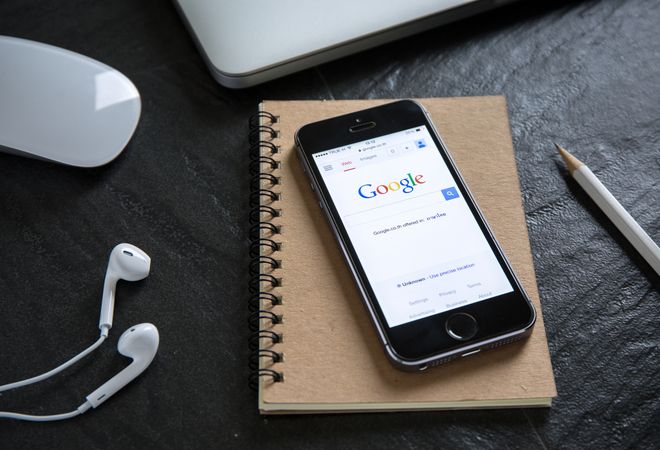Search engine optimisation (SEO) is a term which often intimidates a lot of business owners, but it doesn’t need to. If you’ve ever used the search bar on Google’s homepage to find something you are looking for, then you already understand something about SEO. Let’s talk for a moment about how the search process on Google works. Say I am based in Melbourne and I’m looking to buy a pair of sneakers. I might type into Google “Sneakers Melbourne”. Google will then return pages of results featuring the words sneakers and Melbourne, and will return them in the order of what they perceive to be most relevant and useful to my search.
How does Google determine what is most relevant?
There are over 200 factors that make up Google’s algorithms which determine search rankings. Most of these factors can be grouped into one of three categories: on-site SEO, content and off-site SEO.
On-site SEO is the most involved out of all three as it encompasses a myriad of things including using title tags, meta descriptions, header tags and alt-tags with appropriate keywords, having a site that is mobile optimised and loads fast and much more.
The second, content, involves both the quality and volume of content of a site. Higher quality content is prioritised over poorer quality content and the more content you have and the more frequently you create fresh content the easier it is to be found higher up in search rankings. Content can take a multitude of forms including: blog posts, infographics, videos, podcasts, slideshare presentations, whitepapers and much more.
Off-site SEO is about link building. Content on external websites that have links back to your site can increase your SEO, provided the links come from high quality sites. Ways to build links include guest posting on other sites, having press releases written about your business, listing your business in online directories or encouraging reviews of your business.
What is the purpose of SEO?
The purpose of SEO is simple. It’s all about providing the customer with a great, seamless user experience. Google wants to be able to point consumers to pages that can deliver this great user experience, and all the factors mentioned above that boost SEO are necessary for one of two reasons: either they are factors that research tells us consumers want, or they are factors that help communicate to Google that help communicate your intentions, explain what types of content are on your pages or prove that you are delivering a great user experience. The more information Google has about what you are doing the easier it can rank you appropriately.
What do the search engines want to see?
Essentially search engines want to see four things:
Content – Is it unique? Is it popular? It is frequently updated?
Performance – Is your site fast? Does it work properly – and on different types of devices?
Authority – Do other sites view you as an expert and frequently reference and cite your content?
User experience – Can users easily find what they are looking for on your site? Is your site secure and does it protect consumer data?
How can I optimise my pages for SEO?
The first thing to realise when optimising your pages for SEO, is that Google ranks pages not your site as a whole, therefore every page needs to be optimised.
The first step is to make sure Google can crawl all your pages. Google finds out information about a web page by crawling it so if Google can’t crawl it you won’t show up in search results. Refer to this page for instructions on testing if Google can crawl your site.
Once you have verified that Google can crawl your site, the next step is to conduct keyword analysis. For example, if your business was a shoe retailer, keywords you might use could be: school shoes, high heels, running shoes, the location of your business e.g. Geelong, as well as popular shoe brand names like Adidas, Puma, Mizuno, Pump, Jimmy Choo etc. Once you have decided upon keywords and/or combinations or keywords your next step is to use your keywords in the following places on each page:
- URL
- Page Title
- Image Filenames & Alt Tags
- Meta Descriptions
- Body of the text
- Page Headings









































Trending
Weekly business news and insights, delivered to your inbox.